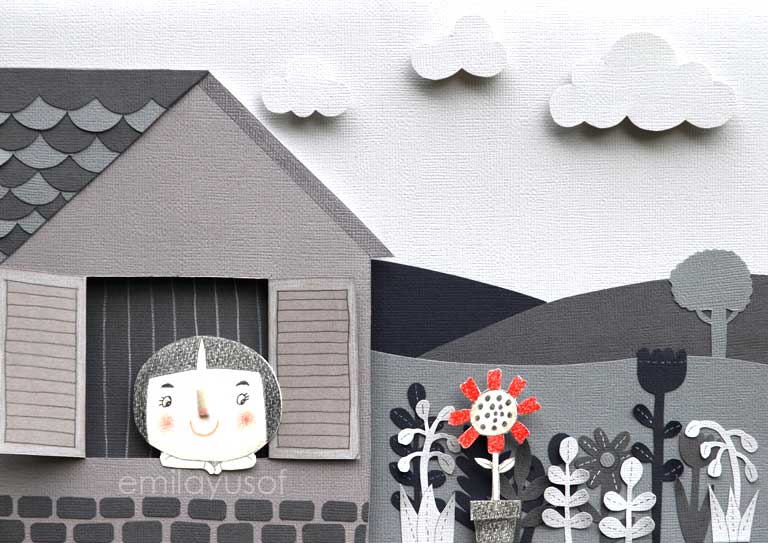Unveiling the Art of Becoming a Children’s Picture Book Author and Illustrator

Embarking on the journey to become a children’s picture book author and illustrator is a creative odyssey that combines storytelling finesse with artistic prowess. Whether you’re drawn to the enchanting world of whimsical narratives or captivated by the allure of vibrant illustrations, the path to crafting picture-perfect stories for young readers involves a blend of creativity, skill development, and unwavering persistence.
The Art of Writing:
- Understand the Audience: Before putting pen to paper, take the time to understand the dynamic audience you’re catering to. Delve into the intricacies of the chosen age group, considering their interests, language proficiency, and developmental stage.
- Read Extensively: Immerse yourself in the world of children’s literature. Read a diverse array of children’s books to grasp different styles, genres, and storytelling techniques that resonate with young readers.
- Develop a Unique Voice: Discovering your unique writing voice is pivotal. Aim to create a narrative that not only engages but also captivates young minds. Your distinctive voice is what will set your stories apart.
- Craft a Compelling Story: Craft a narrative that boasts strong characters, a clear plot, and a relatable theme. Children’s books often convey a lesson or message, so weave these elements seamlessly into your storytelling.
- Consider Picture Book Structure: Understanding the structure of a picture book is crucial. With a limited number of pages, you must master the art of crafting a beginning, middle, and end, leaving ample room for illustrations to complement the text.
The Craft of Illustrating:
- Develop Your Art Skills: Artistic prowess is the cornerstone of being a children’s book illustrator. Dedicate time to honing your skills, experimenting with various styles, and discovering the visual language that complements your storytelling.
- Understand Page Layout: Picture books demand a keen understanding of page composition and layout. The marriage of text and illustrations should create a seamless and visually compelling reading experience.
- Create a Portfolio: Compile a portfolio showcasing your best work. This portfolio will serve as your visual resume when approaching publishers or literary agents, offering a glimpse into your artistic style and storytelling capabilities.
- Consider Your Artistic Style: Developing a consistent artistic style is paramount. Your illustrations should harmonize with your writing, creating a cohesive and visually appealing narrative for young readers.
Getting Published:
- Research Publishers: Explore publishers specializing in children’s books. Thoroughly research their submission guidelines and tailor your submissions to align with their preferences.
- Consider an Agent: While not obligatory, having a literary agent can be advantageous. Agents possess industry knowledge and can assist in navigating the complex landscape of the publishing world.
- Submit Your Manuscript/Illustrations: Follow submission guidelines meticulously. Some publishers may prefer to review the manuscript first, while others may request a combination of text and illustrations.
- Be Persistent: Rejections are an inherent part of the publishing journey. Use each rejection as an opportunity to refine your work and approach. Persistence and resilience are key attributes on this path.
Marketing and Promotion:
- Build an Online Presence: Create a website or leverage social media platforms to showcase your work. An online presence enables you to connect with your audience and build anticipation for your upcoming releases.
- Engage with the Community: Participate in book events, connect with educators, and librarians, and immerse yourself in the vibrant children’s literature community. Building connections is essential for fostering support and expanding your reach.
- Consider Self-Publishing: If the traditional publishing route proves challenging, explore the option of self-publishing. It provides autonomy but demands a strategic approach to marketing and distribution.
Embarking on the journey to become a children’s picture book author and illustrator requires dedication, continuous learning, and a profound love for storytelling. As you navigate the creative process, relish in the joy of bringing imaginative worlds to life for the delight of young readers. Keep refining your craft, stay persistent, and savour every moment of the enchanting adventure that lies ahead.